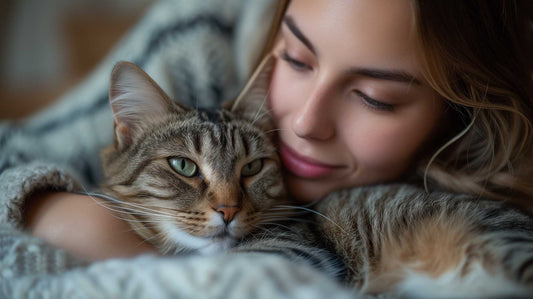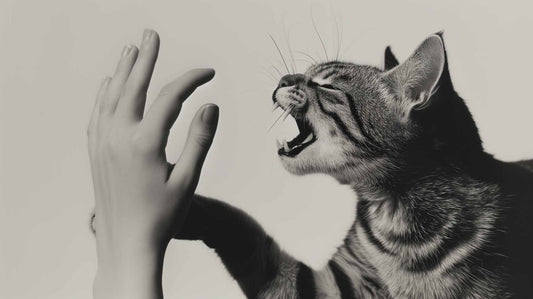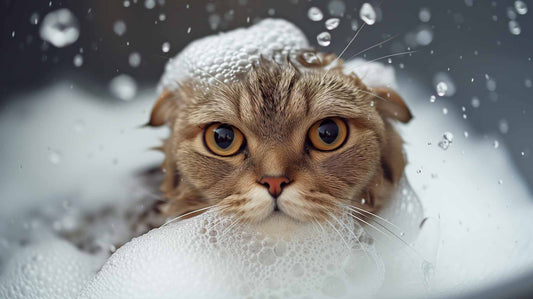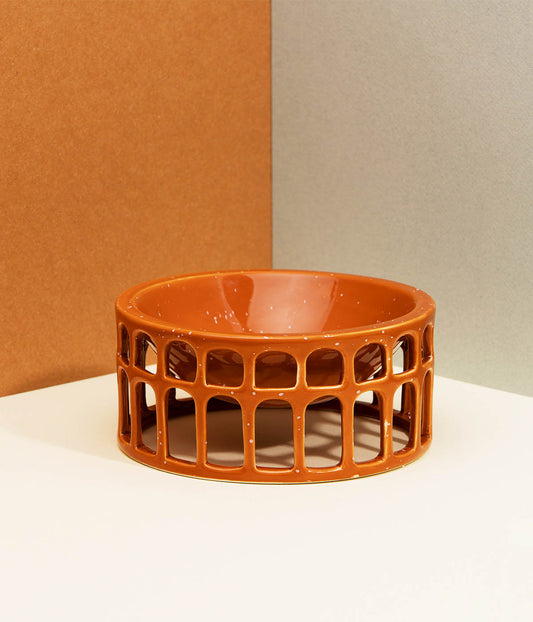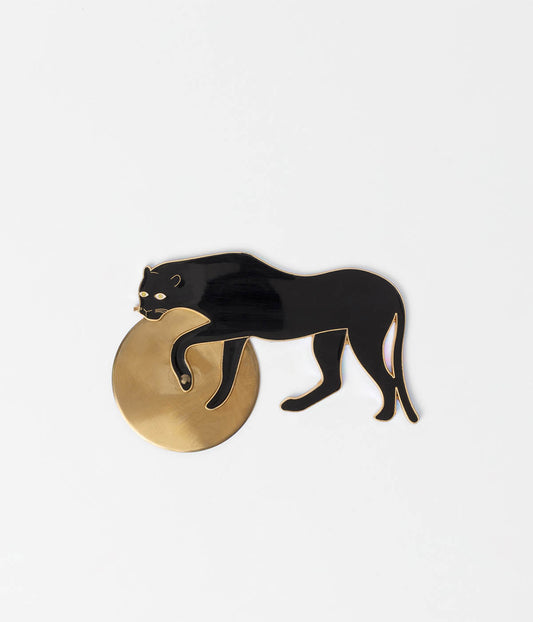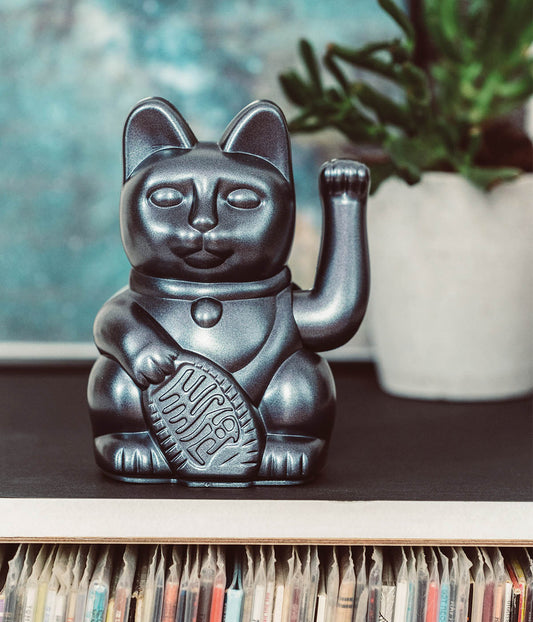
How to identify good cat food by content
Marie DuchessGood cat food has lot of meat:
Cats are carnivores, they only metabolize animal contents. Your meal should therefore contain at least 60% meat and offal. With less, you shouldn't buy cat food. But it also depends on the parts themselves. Udders or carcasses are very inferior parts. They have little nutritional value and only serve as cheap fillers. If there is only muscle meat or fillet meat in the feed, this is also not good even if this sounds like it to us humans at first due to our diet and language use. Most nutrients, minerals and vitamins, are found in organs. Especially the heart, liver and kidneys are full of essential substances, fats and amino acids. However, these alone are quickly too rich for your cat and lead to obesity, so you should always pay attention to a balanced composition. But, this is only possible if the manufacturer offers an appropriate product description. If you want to know more about the declaration, read our article: How to recognize good cat food by the declaration.
Sufficient liquid is essential for good cat food:
Liquid in the feed is often hidden or forgotten by manufacturers so that they can declare their meat content higher. Many cat owners have heard that a cat is a carnivore, but the conclusion that a cat food should therefore consist of 100% meat is wrong. The liquid is an important ingredient, as many cats have an underdeveloped thirst craving due to their origin from the desert and had to cover their water balance through their food – or at that time, natural prey. At dynasty®, we use the broth produced during the cooking process, which also contains a lot of nutrients. If only drinking water is indicated, you should be careful. But dry food is even worse. This form of food does not belong in your cat! Even softening the briquettes in water is not a substitute for a high-quality wet food.
Good cat food also includes vegetables, but quantity and choice count:
Next you should check the rest of the composition. Vegetables provide vitamins and additionally act as fiber. However, your cat's stomach is not designed for plant food. Therefore, varieties must be used that are also easy to digest for cats and only small amounts of them. These include carrots, zucchini or broccoli.
Be careful with potatoes, tomatoes, peppers, eggplants, goji berries and pepperoni. As nightshade plants, these are poisonous for cats. However, many manufacturers do not stop processing them. In addition to nicotine and lectins, they also contain highly toxic alkaloids such as solanine. If the ingredients are cooked gently so that nutrients are also preserved, some of the poisons remain. Well cooked, they are less toxic, but also contain fewer nutrients. The use of such vegetables is therefore always questionable. Everyone also knows the usual packaging instructions "may contain traces of ...". Even if these raw materials are just processed in the same factory, it can never be ruled out that a piece ends up raw in the can. We consider it extremely irresponsible that some manufacturers are willing to expose your cat to this risk.
By the way, the sweet potato belongs to the bindweed or morning glory family, and is not a potato and also not a real nightshade plant, therefore it contains no solanine and is not poisonous for cats.

